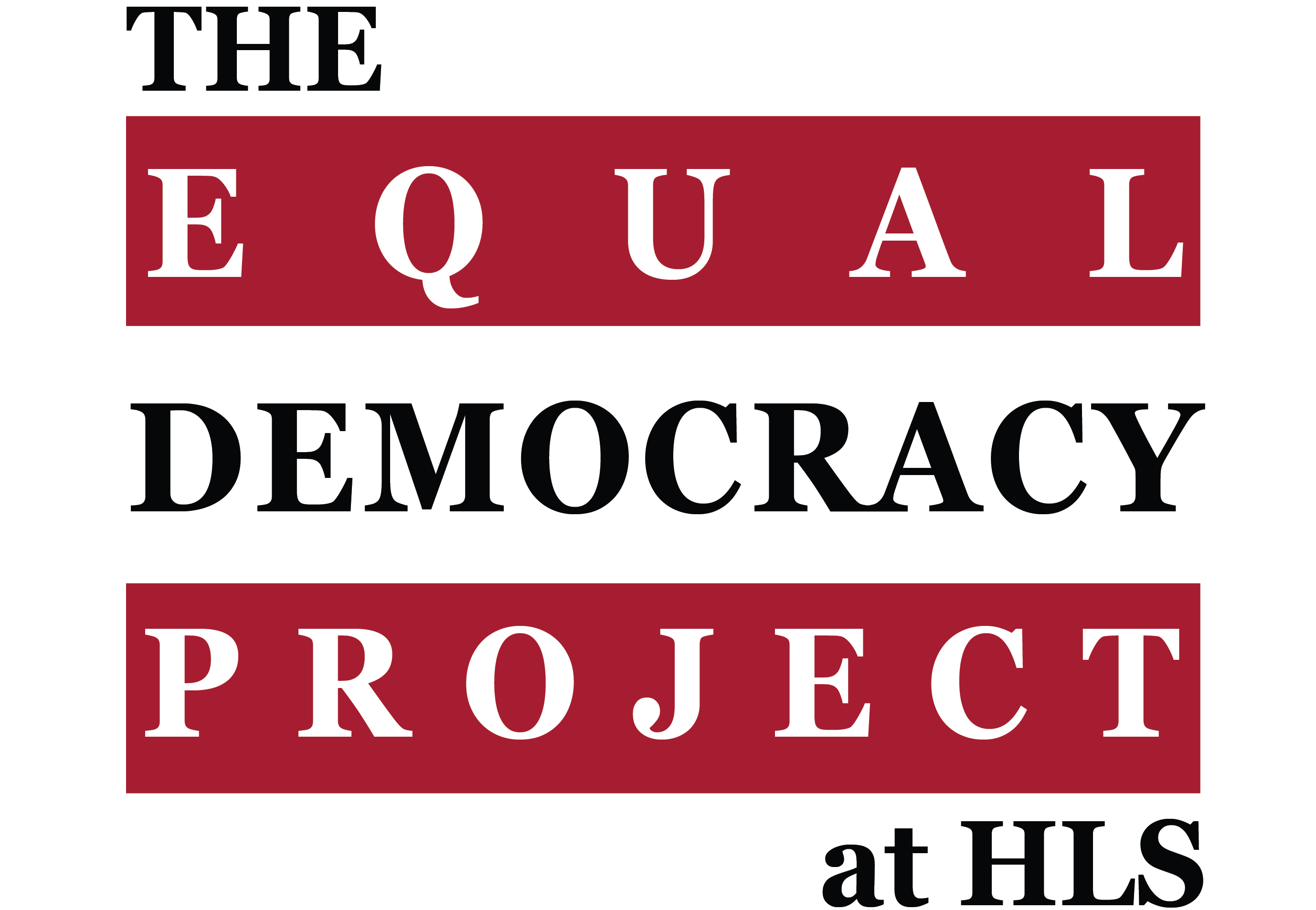By: Aidan Calvelli ’24 | November 30, 2021
Election law is having a moment. When Democrats took the House in 2018, their top priority was H.R. 1, a sweeping political reform bill. The 2020 election made the law of democracy scholars in–demand commentators. And this summer, the Supreme Court gave the Voting Rights Act its second judicial buzzcut of the decade in Brnovich v. Democratic National Committee.
This focus is a needed response to proliferating crises of democracy, like draconian voting barriers, unregulated dark money, and challenges to the legitimacy of elections.
Still, in the midst of these crises, we should not lose sight of an election law issue that often flies under the radar: ballot access laws—or the rules that shape how candidates and parties are allowed to appear on voters’ ballots.
These kinds of laws are often so technical that they fly under the radar—voters think more about who to vote for than how the candidates arrived on the electoral slate. But under the surface, America’s current ballot access is a threat to democracy. Candidates—especially those not well-funded or not affiliated with the Democratic or Republican parties—frequently have to jump through a string of hoops just to run, including sky-high signature requirements and costly filing fees. This system makes it harder for nontraditional candidates to get involved in politics, limits voters’ opportunity to express their true preferences, and undermines America’s commitment to inclusive democracy.
America’s onerous ballot access restrictions are a product of historical choices, not fate. When the Australian ballot was introduced to the US in 1888, ballot access for parties was often simple: many states listed any party that asked to be on the ballot, and signature-gathering requirements rarely left the triple digits. Since then, the trend has been towards restriction. In 1983, for example, North Carolina raised the number of signatures needed by 738%, from 5,000 to 36,949. Other new requirements de facto prohibit third-party participation: Virginia, for example, requires that a party receive 10% of the statewide vote in one of the past two elections, which no minor party has met since the 1990s.
In most other developed democracies, restrictions like these would be anomalous. In Canada, any party with 250 members can run candidates that gather only a hundred signatures; in the United Kingdom, Parliamentary candidates need only ten signatures. France and the Netherlands only require that parties fill out certain forms. The U.S. system—with its permissive rules for established parties and draconian ones for minor parties—sometimes more closely resembles autocracies like Belarus than our democratic peers.
Courts have played a central role in validating the current regime. Many ballot access cases are governed by the Anderson-Burdick standard, a balancing test in which courts use strict scrutiny on access restrictions when they have a “severe” effect on voters’ ability to select their preferred candidates, but use only rational basis review when there are “reasonable, nondiscriminatory restrictions” on access. Dicta in Storer v. Brown aptly captured the effect of this doctrine: “It is very unlikely that all or even a large portion of the state election laws would fail to pass muster under our cases.”
The consequences have been predictable. Along with structural features like single-member districts and winner-take-all elections, strict signature requirements and filing fees have made it difficult for minor parties and independent candidates to gain an electoral foothold. In 2020, only 8 third-party or independent candidates received more votes than the margin of victory in federal elections, and only 69 more did the same in all state and local elections.
Minor parties that struggle to make the ballot face an obvious harm. Less obvious but as important is the harm to voters. Looser ballot access laws won’t catapult the Green Party to the presidency. But when only a narrow set of candidates functionally can run for office, voters are less able to use elections as a vehicle for expressing their political beliefs. Elections should be more than just a formalistic tallying exercise; they can be a time for citizens to say how they want to be represented.
Earlier Supreme Court caselaw, now largely neglected, hinted at this more democratic purpose underlying ballot access laws. Williams v. Rhodes held that an Ohio signature filing requirement violated equal protection by treating minor parties differently than major ones and violated free association by limiting the effectiveness of the franchise as a political association; the restrictions harmed both those running and those voting. In Bullock v. Carter, the Court held that a Texas law mandating filing fees for anyone trying to appear on a primary ballot violated equal protection by preventing poor candidates from winning a party nomination. And in Lubin v. Panish, the Court wrote that “absent reasonable alternative means of ballot access, a State may not … [deny] a person the right to file as a candidate solely because of an inability to pay a fixed fee.”
These cases together suggest that reasonable access to the ballot for all interested candidates is fundamental to the constitutional regime. Reviving this animating idea would be an important step towards making space in our electoral system for the full diversity of preferences in the American electorate. The current ballot access system that makes it easy for the politically powerful to be heard and makes it hard for the voiceless to grow their power is a threat to the ideal of free and fair elections. But we are not fated to the current system. Democracy reform advocates are right to focus first on fighting laws most likely to affect electoral outcomes, like the polling place restrictions enacted in Georgia and Texas. But in this rare moment of intense focus on democracy issues, advocates should take a holistic approach to procedural fairness. Any redesign of the way America votes should make it easier for minor party, independent, and low-income candidates to throw their hat in the electoral ring.
Aidan Calvelli is a JD Candidate at Harvard Law School.

Leave a Reply